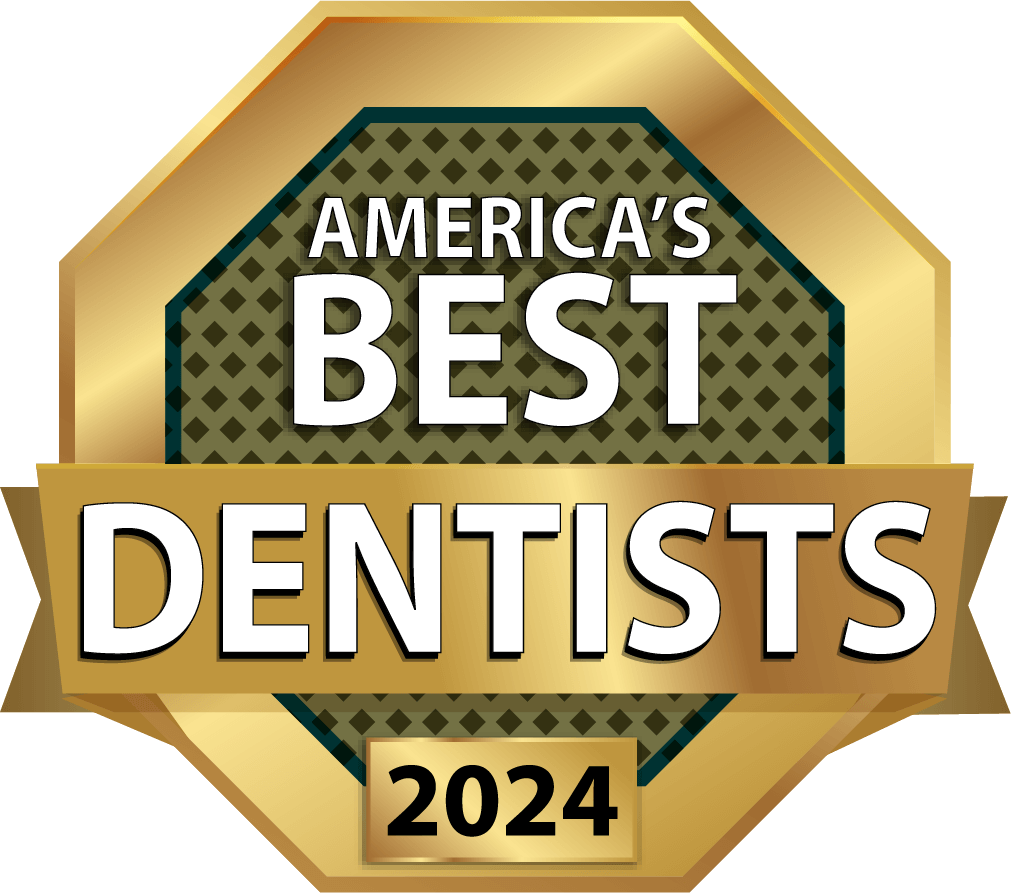The Center for Disease Control (CDC) estimates that nine out of ten Americans over the age of 20 have at least one cavity. That’s right, despite improved dentistry and years of being told by our parents to brush and floss, cavities still manage to sneak past our defenses.
But precisely what is a cavity? How do they form? And how do we avoid having our teeth drilled to fill them? Let’s take a quick look at the common cavity.
What Are Cavities?
Cavities form when tooth decay manages to wear away the hard surface of your tooth, called enamel, and expose the more sensitive tissue, dentin, that lies beneath. Some cavities are hard to notice without dental X-rays in AR. Others, however, are quite painful and react negatively to hot, cold, sweet, and sour sensations. Although dentin is a hard, calcified tissue, it is connected directly to the tooth’s nerve center through tiny tubes. When unprotected by enamel, these tubes can be responsible for a great deal of discomfort.
If left untreated, tooth decay can worsen quickly, leading to agonizing pain, infections, and eventually, the loss of the tooth. The term “cavity” refers directly to the hole left in the tooth from decay. To stop the formation of cavities, we need to prevent tooth decay. So how exactly do we do that?
About Tooth Decay
Much of what leads to tooth decay is perfectly natural. Our mouths play host to all kinds of bacteria, some of which don’t cause any trouble at all. Some are even beneficial for our digestion. However, there are others that, left to their own devices, like to cause problems. When these bacteria encounter the sugars and starches in the foods we eat, trouble ensues.
We’ve all heard the word plaque. We know it’s no good. But where does it come from? Plaque is a combination of things—food, bacteria, and saliva mostly—that form a sticky film in our mouths. As the bacteria consume the food in plaque, they produce small amounts of acid. And that’s the real problem. As plaque builds up, so does the acid. Eventually, the acid concentration becomes great enough to eat away at our teeth’s enamel.
Enamel is a limited resource. You only have so much, and once it’s gone, your tooth doesn’t make more. But your mouth will continue to produce plaque indefinitely, which is bad news for your teeth. At this point, the only way to prevent the spread of decay is to remove it and perform dental cavity fillings in Rogers, AR.
Preventing Cavities
So now, the question is no longer “What are cavities?” but “How do we prevent them?” It’s not all that hard. All it takes is a little effort and determination. Here’s what we suggest:
- Establish a routine: Make time to brush for two minutes a day, twice a day. It’s wise to do this in the morning and the evening, as bacteria don’t take the night off. But beyond that, do it when you’re most comfortable and likely to remember.
- Make sure you’re brushing correctly: If you’re like most folks, you’re doing it wrong. Brush up on the right techniques with a quick video tutorial.
- Don’t skip the floss: You only have to do it once a day, and it doesn’t take very long. But you’ll notice a difference, and so will your dentist.
- Schedule your dental appointments: Speaking of your dentist, you ought to see them twice a year for general dentistry services in AR. Put them on the calendar now, while you’re thinking about your teeth, so you don’t forget.
Marcus Black, DDS
If you’re worried about cavities, the best thing to do is to contact Marcus Black DDS and talk to a dental professional. Marcus Black, DDS, is ready to hear your concerns. From cavities to cosmetic work, our staff can handle all your dental needs with the courtesy and compassion you deserve. What are cavities? They’re certainly no problem for us. And they won’t be for you, either. To learn more or make an appointment, call 479.464.0900.


